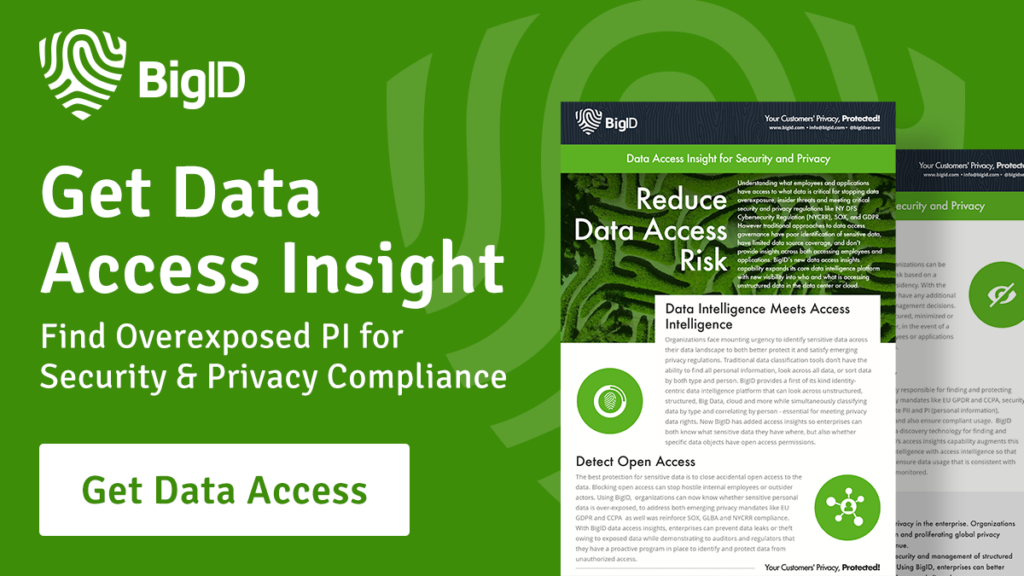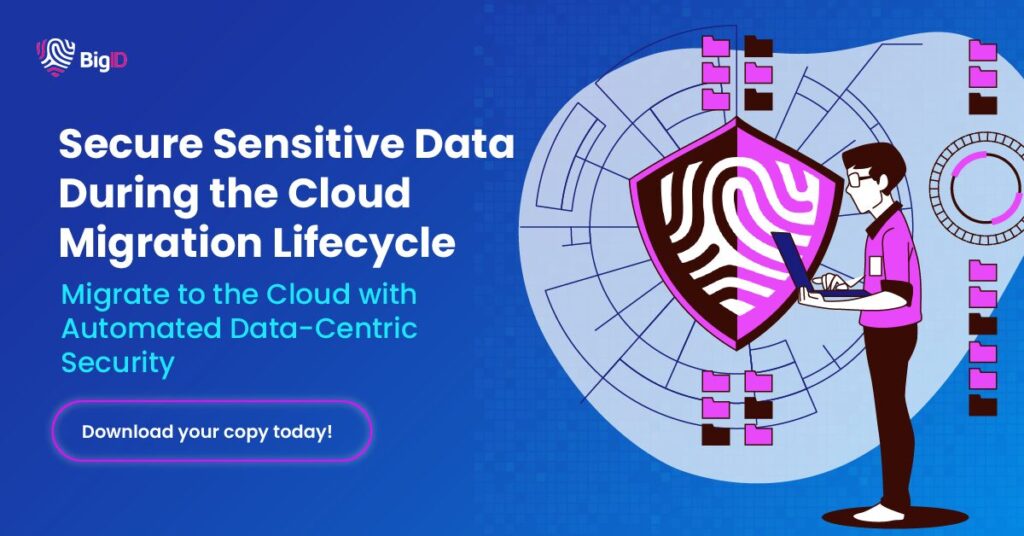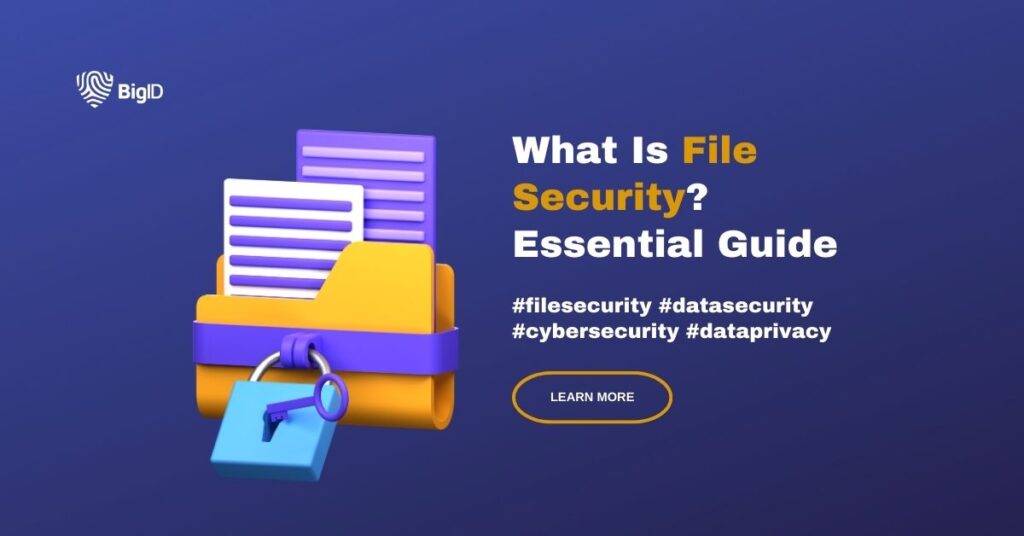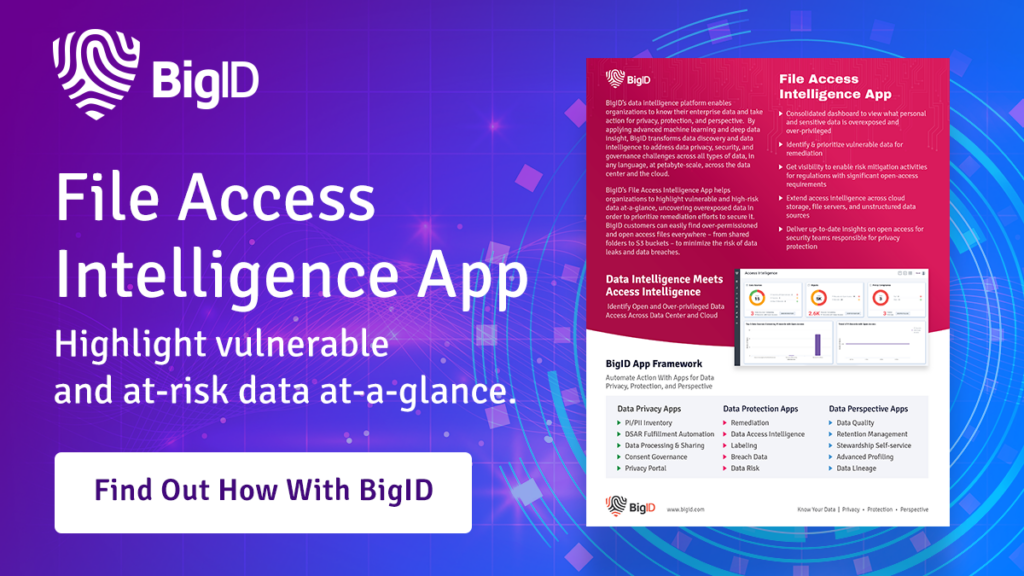Guia completo para segurança de arquivos: protegendo dados confidenciais
Na era digital atual, a segurança de arquivos é fundamental para proteger dados sensíveis contra violações e acesso não autorizadoEste artigo explora as complexidades da segurança de arquivos, sua conexão com os controles de acesso, o papel da inteligência de acesso e as melhores práticas para garantir uma proteção robusta.
Entendendo a Segurança de Arquivos
O que é segurança de arquivos?
A segurança de arquivos engloba as medidas e os protocolos implementados para proteger arquivos digitais contra acesso, alteração ou destruição não autorizados. Esses arquivos podem variar de documentos comerciais confidenciais e informações pessoais a registros financeiros e propriedade intelectual.
Como funciona a segurança de arquivos?
A segurança de arquivos funciona por meio de uma combinação de criptografia, controles de acesso e sistemas de monitoramento. Criptografia Os dados são criptografados para que apenas pessoas autorizadas com a chave de descriptografia correta possam acessá-los. Os controles de acesso determinam quem pode visualizar ou editar arquivos, enquanto os sistemas de monitoramento rastreiam e registram o acesso para detectar qualquer atividade suspeita.
A importância da segurança de arquivos
Proteção de dados sensíveis
Dados sensíveis, como Informações de identificação pessoal (PII)Registros financeiros e informações comerciais confidenciais são alvos principais de cibercriminosos. violação Pode acarretar perdas financeiras significativas, repercussões legais e danos à reputação da organização.
Conformidade com os regulamentos
Muitos setores estão sujeitos a regulamentações rigorosas de proteção de dados, como... RGPD, HIPAA, e CCPAMedidas eficazes de segurança de arquivos são essenciais para cumprir essas regulamentações e evitar multas pesadas e consequências legais.

Conexão com controles de acesso
O que são controles de acesso?
Os controles de acesso são mecanismos que restringem quem pode visualizar, editar ou compartilhar arquivos. Eles são um aspecto fundamental da segurança de arquivos, garantindo que apenas indivíduos autorizados tenham acesso a dados confidenciais.
Tipos de Controles de Acesso
- Controle de acesso baseado em funções (RBAC): Atribui permissões com base na função do indivíduo dentro da organização.
- Controle de Acesso Discricionário (DAC): O proprietário dos dados decide quem tem acesso a arquivos específicos.
- Controle de Acesso Obrigatório (MAC): O acesso é determinado por uma autoridade central com base em múltiplos critérios, como os níveis de autorização de segurança.
Aprimorando a segurança com a Inteligência de Acesso
O que é Access Intelligence?
A inteligência de acesso envolve a análise de padrões de acesso para identificar anomalias e potenciais ameaças à segurança. Ela fornece informações sobre quem está acessando arquivos, quando e de onde, ajudando a detectar e solucionar problemas. mitigar o acesso não autorizado.
Benefícios do Access Intelligence
- Detecção proativa de ameaças: Identifica atividades suspeitas antes que elas se transformem em violações de segurança.
- Melhoria na conformidade: Garante a conformidade com as políticas de acesso e os requisitos regulamentares.
- Tomada de decisões aprimorada: Fornece informações baseadas em dados para aprimorar os controles de acesso e os protocolos de segurança.
Melhores práticas para segurança eficaz de arquivos
1. Implementar criptografia forte
Criptografe os arquivos tanto em repouso quanto em trânsito para evitar acesso não autorizado. Utilize padrões avançados de criptografia (AES) para garantir a segurança dos dados.
2. Impor a autenticação multifator (MFA)
Exija múltiplas formas de verificação antes de conceder acesso a arquivos confidenciais. Ministério das Relações Exteriores Adiciona uma camada extra de segurança, dificultando o acesso de usuários não autorizados.
3. Atualize os controles de acesso regularmente.
Revise e atualize periodicamente os controles de acesso para refletir mudanças no pessoal ou nas funções. Garanta que somente eles tenham acesso. indivíduos necessários ter acesso a dados sensíveis.
4. Realizar auditorias de segurança
Realize auditorias de segurança regulares para identificar vulnerabilidades e avaliar a eficácia das medidas de segurança de arquivos. Utilize as conclusões para fortalecer sua postura de segurança.
5. Treinar funcionários
Eduque os funcionários sobre a importância da segurança de arquivos e as melhores práticas para lidar com dados confidenciais. Treinamentos regulares ajudam a prevenir erros humanos que podem levar a violações de segurança.
Casos de uso no mundo real
Instituições financeiras
Bancos e instituições financeiras Lidar com grandes quantidades de dados confidenciais de clientes exige a implementação de medidas robustas de segurança de arquivos, como criptografia e controles de acesso, que ajudam a proteger contra violações de dados e a cumprir os requisitos regulamentares.
Organizações de saúde
Assistência médica Os prestadores de serviços gerenciam informações sensíveis de pacientes que devem ser protegidas de acordo com as normas da HIPAA. As medidas de segurança de arquivos garantem a confidencialidade e a integridade dos registros médicos.
Empresas Corporativas
Grandes corporações armazenam informações comerciais confidenciais e propriedade intelectual. Uma segurança de arquivos eficaz impede o acesso não autorizado e protege as vantagens competitivas.
Proteção de dados confidenciais em infraestruturas locais e na nuvem.
À medida que as organizações adotam cada vez mais ambientes híbridosCom o passar do tempo, a necessidade de proteger dados sensíveis, tanto em infraestruturas locais quanto na nuvem, torna-se crucial. Cada ambiente apresenta desafios únicos e exige medidas de segurança personalizadas.
Segurança de arquivos local
Segurança física
Garantir a segurança física de servidores e dispositivos de armazenamento é a primeira linha de defesa. Isso inclui:
- Instalações Seguras: Limitar o acesso a centros de dados e salas de servidores apenas a pessoal autorizado.
- Sistemas de vigilância: Instale câmeras de CFTV e outros sistemas de monitoramento para detectar e prevenir acessos físicos não autorizados.
- Controles ambientais: Mantenha as condições ideais (por exemplo, temperatura, umidade) para proteger o hardware contra danos.
Segurança de rede
Garantir a segurança da infraestrutura de rede é vital para proteger os dados locais:
Firewalls e Sistemas de Detecção de Intrusão (IDS): Implemente firewalls e IDS para monitorar e bloquear tráfego malicioso.
Redes Virtuais Privadas (VPNs): Utilize VPNs para acesso remoto seguro a recursos locais.
Segmentação: Segmente a rede para limitar a propagação de possíveis violações.
Controles de acesso
Controles de acesso robustos são essenciais para a segurança de arquivos locais:
Princípio do Privilégio Mínimo: Conceda aos usuários o nível mínimo de acesso necessário para suas funções.
Trilhas de auditoria: Mantenha registros detalhados de acesso e modificações de arquivos para rastrear a atividade do usuário e identificar anomalias.
Segurança de Arquivos na Nuvem
Criptografia de dados
A criptografia dos dados armazenados na nuvem é fundamental para protegê-los contra acesso não autorizado:
- Criptografia do lado do cliente: Criptografe os dados antes de enviá-los para a nuvem.
- Criptografia do lado do servidor: Utilize os serviços de criptografia do seu provedor de nuvem para proteger os dados em repouso.
Gestão de Acessos
Gerenciar o acesso a dados na nuvem requer estratégias específicas:
- Gestão de Identidade e Acesso (IAM): Utilize ferramentas de IAM para controlar quem pode acessar recursos na nuvem.
- Autenticação multifator (MFA): Implemente a autenticação multifator (MFA) para adicionar uma camada extra de segurança ao acesso a serviços em nuvem.
- Gestão de identidades federadas: Habilite o login único (SSO) em vários serviços em nuvem para um acesso simplificado e seguro.
Gestão da Postura de Segurança na Nuvem (CSPM)
CSPM As ferramentas ajudam a manter configurações seguras na nuvem:
- Monitoramento contínuo: Realize verificações regulares em busca de configurações incorretas e vulnerabilidades em ambientes de nuvem.
- Verificações de conformidade: Garantir que os recursos em nuvem estejam em conformidade com as regulamentações e as melhores práticas do setor.
- Remediação automatizada: Corrija automaticamente os problemas identificados para manter uma postura segura na nuvem.

Estratégias de segurança híbrida
Para organizações que operam tanto em ambientes locais quanto em nuvem, uma abordagem de segurança híbrida é necessária:
- Políticas de Segurança Unificadas: Desenvolver e implementar políticas de segurança consistentes em ambos os ambientes.
- Soluções de segurança integradas: Utilize ferramentas de segurança que proporcionem visibilidade e controle sobre os dados, tanto locais quanto na nuvem.
- Classificação de dados: Classifique os dados com base na sua sensibilidade e aplique medidas de segurança adequadas, independentemente de onde estejam armazenados.
Exemplo prático: Segurança híbrida de arquivos em ação
Considere uma empresa multinacional que armazena registros financeiros localmente e utiliza serviços em nuvem para colaboração e análise de dados:
No local: A empresa emprega controles de acesso rigorosos, segmentação de rede e medidas de segurança física para proteger seus centros de dados locais.
Nuvem: Utiliza criptografia do lado do servidor e ferramentas IAM para proteger os dados armazenados na nuvem. As ferramentas CSPM monitoram continuamente o ambiente de nuvem para garantir conformidade e segurança.
Híbrido: Políticas de segurança unificadas garantem que os padrões de classificação e proteção de dados sejam consistentes em ambos os ambientes, proporcionando uma cobertura de segurança perfeita e abrangente.
Proteger dados sensíveis em um ambiente híbrido exige uma abordagem abrangente que contemple os desafios específicos da segurança tanto em infraestruturas locais quanto na nuvem. Ao implementar criptografia robusta, controles de acesso e monitoramento contínuo, as organizações podem garantir a segurança de seus dados, independentemente de onde estejam armazenados.
A abordagem da BigID para segurança de arquivos
A segurança de arquivos é um componente crítico da estratégia geral de segurança de uma organização. Investir em segurança de arquivos não é apenas uma necessidade técnica, mas um imperativo estratégico que protege a reputação e a credibilidade da organização na era digital. A BigID é a solução ideal. plataforma líder do setor Para privacidade de dados, segurança, conformidade e gerenciamento de dados com IA, que aproveita IA avançada e descoberta profunda para maior visibilidade e contexto de todos os dados corporativos de uma organização.
Com o BigID, as organizações podem:
- Conheça seus dados: Classifique, categorize, etiquete e rotule dados sensíveis automaticamente com precisão, granularidade e escala incomparáveis.
- Melhorar a postura de segurança de dados: Priorizar e direcionar proativamente os riscos de dados, agilizar as operações de segurança (SecOps) e Automatizar DSPM.
- Corrija os dados à sua maneira: Gerencie a correção de dados de forma centralizada – delegue tarefas às partes interessadas, abra chamados ou faça chamadas de API em toda a sua infraestrutura.
- Habilitar Zero Trust: Reduzir o acesso com privilégios excessivos e a exposição excessiva de dados, além de simplificar a gestão de direitos de acesso para viabilizar a confiança zero.
- Mitigar o risco interno: Monitorar, detectar e responder proativamente à exposição interna não autorizada, ao uso indevido e à atividade suspeita relacionada a dados sensíveis.
- Alcançar a conformidade: Atenda automaticamente aos requisitos e estruturas de segurança, privacidade e IA em todo o mundo, independentemente de onde os dados estejam armazenados.
Para descobrir como a BigID pode ajudar sua organização a implementar uma segurança mais confiável para todos os seus dados corporativos— Agende hoje mesmo uma demonstração individual com nossos especialistas.



